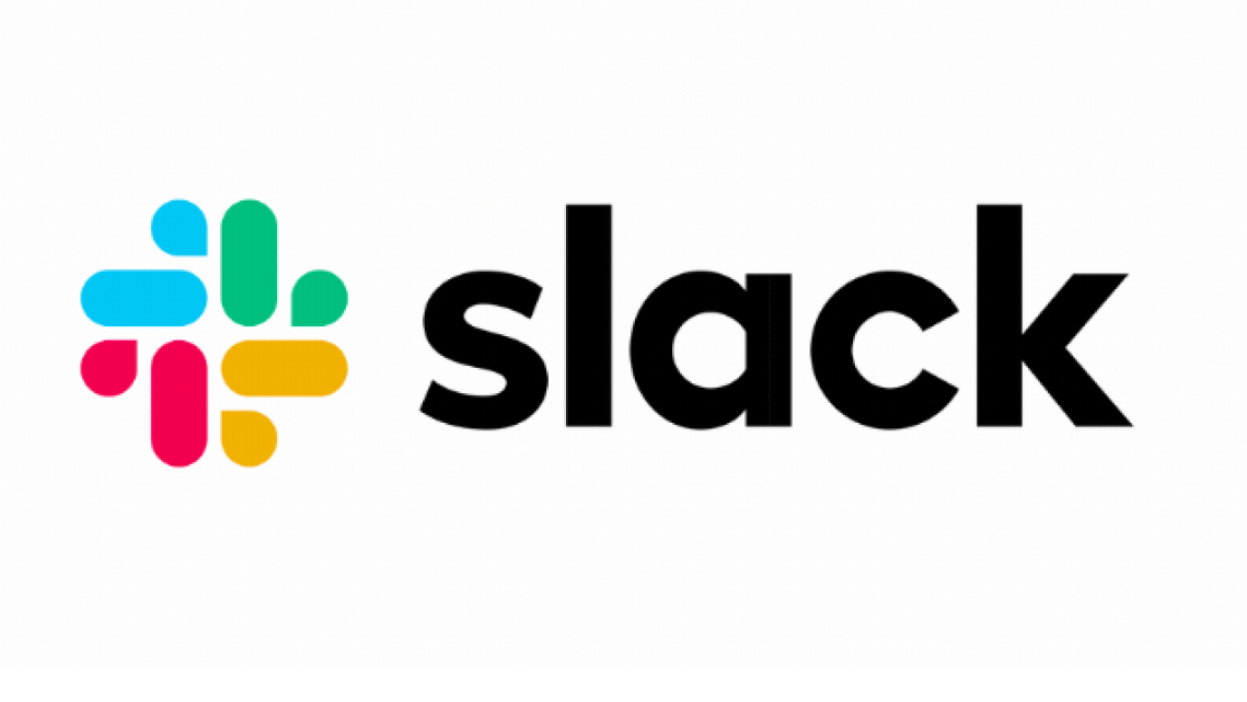What is Slack Used for and How Does it Work?
Slack is a widely popular team collaboration platform designed to facilitate communication and enhance productivity in workplaces. It serves as a centralized hub where teams can exchange messages, share files, collaborate on projects, and integrate various third-party applications. Slack’s functionality is based on channels, which are dedicated spaces for specific topics, teams, or projects, ensuring organized and efficient communication.
Key Features of Slack:
Here are some of the key features that make Slack a valuable tool for businesses:
| Feature | Description |
|---|---|
| Messaging | Real-time chat and direct messaging among team members. |
| Channels | Create dedicated spaces for focused discussions. |
| File Sharing | Easily share documents, images, and other files. |
| Integrations | Connect with third-party apps for enhanced workflow. |
| Search | Quickly find messages, files, and conversations. |
| Notifications | Receive alerts and updates to stay informed. |
Why Do You Need a Proxy for Slack?
Using Slack in a corporate environment often involves sensitive discussions, file sharing, and project management. However, there are situations where utilizing a proxy server becomes essential. Here are some reasons why you might need a proxy for Slack:
1. Security and Privacy:
-
Protect Sensitive Data: A proxy server can encrypt communication between Slack and your device, safeguarding sensitive company information from potential eavesdroppers.
-
Anonymous Browsing: Proxies can conceal your IP address, adding an extra layer of privacy to your Slack usage.
2. Access Control:
-
Geographical Restrictions: In some cases, Slack may be restricted in certain regions or networks. A proxy server with global access can help bypass these restrictions.
-
Network Filtering: Proxies can assist in bypassing network filters or firewalls that might block access to Slack.
Advantages of Using a Proxy with Slack:
Employing a proxy server in conjunction with Slack can offer numerous advantages:
1. Enhanced Security:
-
Data Encryption: Proxies encrypt data transmission, protecting sensitive information from potential threats.
-
Anonymity: Users’ IP addresses are hidden, making it challenging for cybercriminals to track or target them.
2. Geographical Flexibility:
-
Access from Anywhere: A proxy allows you to access Slack from any location, regardless of regional restrictions.
-
Global Presence: Proxies with servers in multiple locations ensure consistent access and minimal downtime.
3. Load Balancing:
- Improved Performance: Proxies can distribute network traffic efficiently, reducing the strain on Slack servers and improving overall performance.
What Are the Сons of Using Free Proxies for Slack?
While free proxies may seem appealing, they come with several drawbacks when used with Slack:
1. Unreliable Performance:
-
Limited Servers: Free proxies often have a limited number of servers, leading to slow speeds and connection issues.
-
Downtime: They may suffer from frequent downtime, causing interruptions in your Slack communication.
2. Security Risks:
-
Data Privacy: Free proxies may not provide the same level of encryption and security as premium options, putting your data at risk.
-
Malicious Proxies: Some free proxies may be operated by malicious actors, exposing your information to potential threats.
What Are the Best Proxies for Slack?
When choosing a proxy for Slack, consider the following factors:
1. Premium Services:
-
Paid Proxies: Invest in premium proxy services that offer reliable performance, security, and customer support.
-
Server Locations: Choose a proxy with servers strategically located to ensure global access.
2. Security Features:
-
Data Encryption: Opt for proxies that prioritize data encryption to protect sensitive information.
-
Anonymity: Look for proxies that offer anonymous browsing to safeguard your identity.
3. Compatibility:
- Integration: Ensure that the chosen proxy service seamlessly integrates with Slack for hassle-free usage.
How to Configure a Proxy Server for Slack?
Configuring a proxy server for Slack is a straightforward process. Follow these general steps:
-
Select a Proxy Provider: Choose a reliable proxy service that meets your requirements.
-
Acquire Proxy Information: Obtain the proxy server’s IP address and port number from your provider.
-
Configure Slack: In Slack settings, navigate to “Preferences” > “Advanced” > “Network.” Enter the proxy details provided by your proxy service.
-
Test Connection: Verify the connection by sending a test message on Slack. If successful, your proxy server is configured correctly.
In conclusion, integrating a proxy server with Slack can enhance security, privacy, and accessibility for your team. However, it’s essential to choose a reputable proxy service to enjoy the full benefits while avoiding potential drawbacks associated with free proxies. Configure your proxy server following the provider’s instructions for a seamless Slack experience.













